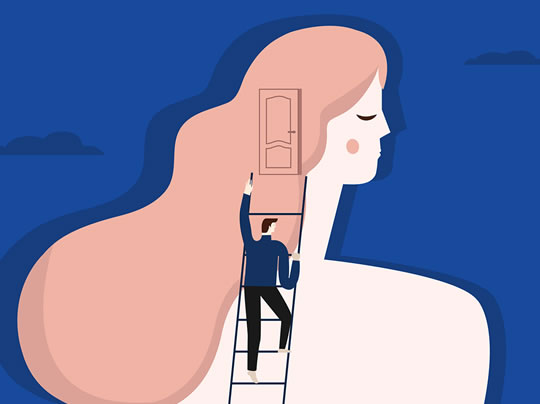
The talk therapy that is quicker (and cheaper) than cognitive-behavioural therapy.
Depression can be more simply treated by behavioural activation therapy, a new study concludes.
Behavioural activation therapy is a more straightforward alternative to cognitive-behavioural therapy — the gold standard of depression treatment.
Clinical depression affects around 350 million people around the world, but only a fraction receive the best care.
Behavioural activation therapy could be a good alternative that provides access to therapy for more people.
The therapy itself focuses on encouraging people to take part in meaningful activities that are linked to their core values.
It helps people find out which activities make them feel better.
Unfortunately, many people with depression engage in activities that ultimately make them feel worse.
Chief among these is rumination: letting depressing thoughts roll around in the mind.
The therapy helps people to make the connection between what they do and their mood.
It is also aimed at fighting avoidance and moving towards personally rewarding experiences.
The focus for policy-makers, though, is on cost and the potential to reduce it.
Professor David Richards, the study’s first author, said:
“Effectively treating depression at low cost is a global priority.
Our finding is the most robust evidence yet that Behavioural Activation is just as effective as CBT, meaning an effective workforce could be trained much more easily and cheaply without any compromise on the high level of quality.
This is an exciting prospect for reducing waiting times and improving access to high-quality depression therapy worldwide, and offers hope for countries who are currently struggling with the impact of depression on the health of their peoples and economies.”
The study itself recruited 440 people who were split into two groups, one of which received behavioural activation therapy, the other getting cognitive-behavioural therapy.
The results showed that behavioural activation therapy provided similar outcomes to CBT.
Around two-thirds of people in both groups felt better one year later.
The study was published in the journal The Lancet (Richards et al., 2016).
Therapy image from Shutterstock




